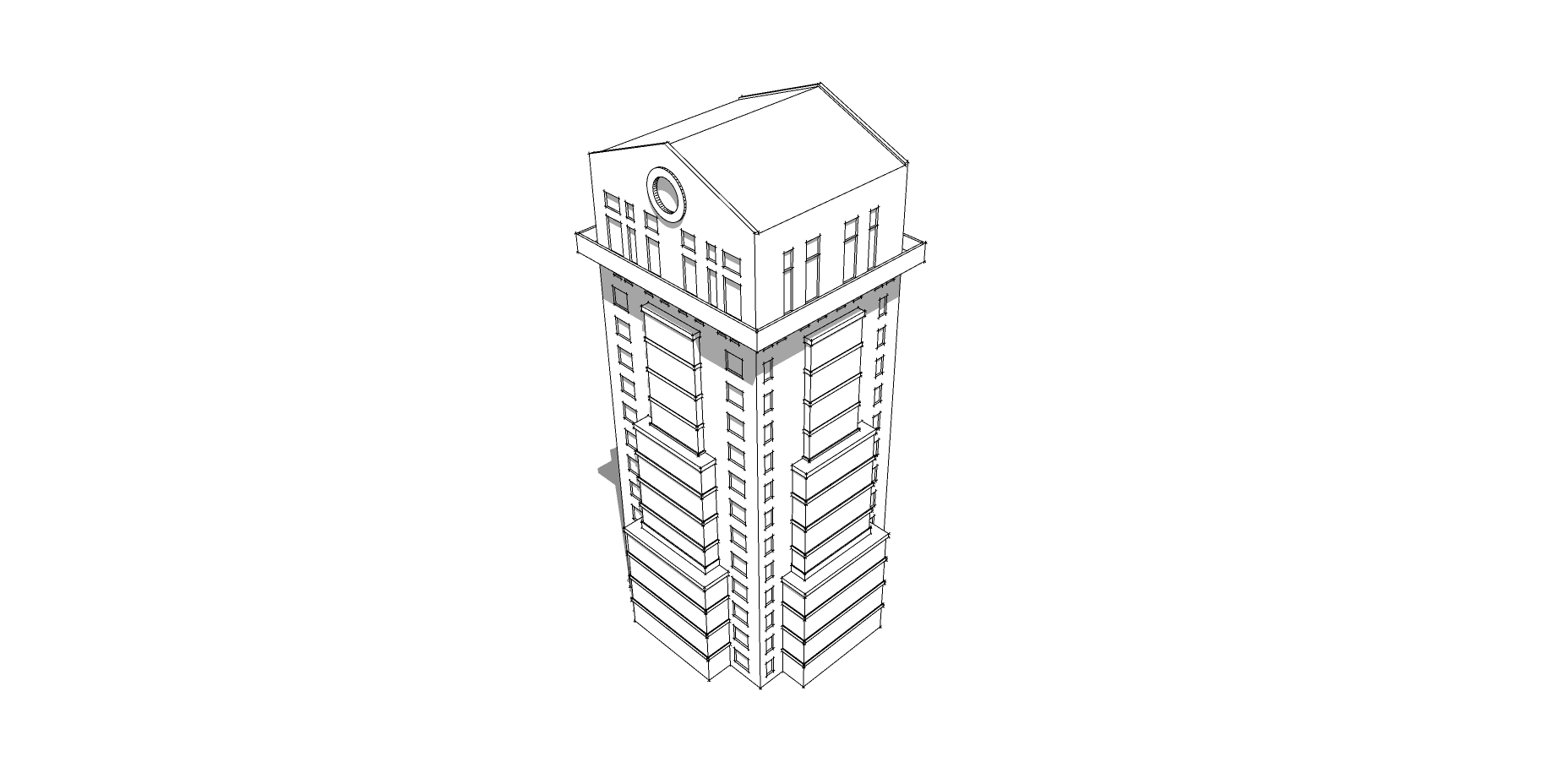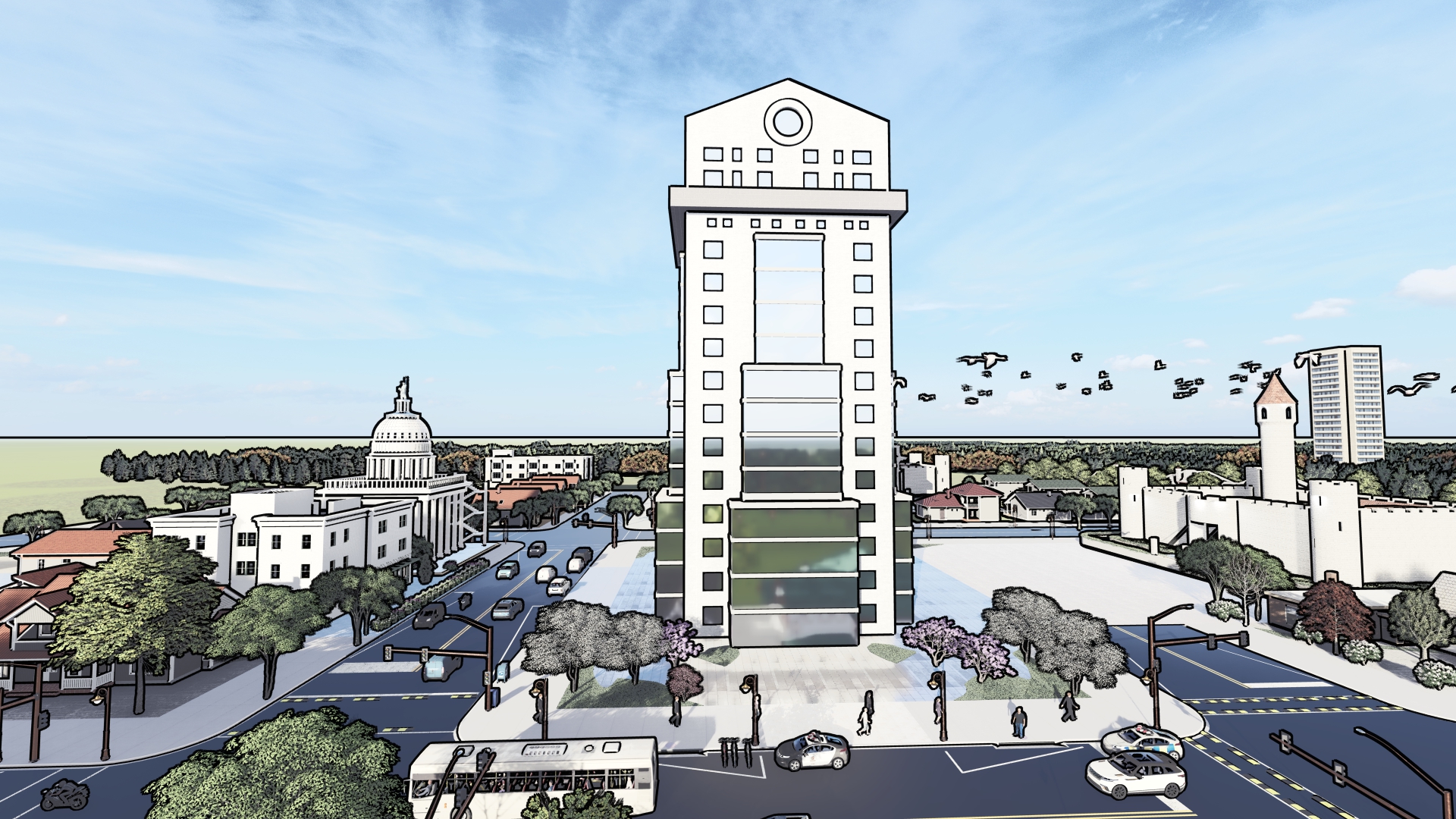3 EXPLOR GREAT 3D MODEL , E99 , Offices Building
Description
3 EXPLOR GREAT 3D MODEL , E99 , Offices Building
DOWNLOAD AND COLLECT YOUR 3D MODEL FILES TODAY
Office buildings are commercial structures designed specifically to accommodate various types of businesses and their operations. They serve as workplaces for employees and provide spaces for administrative, managerial, and professional activities. Here are some key aspects of office buildings:
- Design and Layout: Office buildings are typically designed with functionality and efficiency in mind. The layout may include a combination of open-plan spaces, individual offices, conference rooms, meeting areas, break rooms, and support facilities like restrooms and utility rooms. The design often emphasizes natural light, ventilation, and ergonomic considerations to create a comfortable and productive working environment.
- Size and Scale: Office buildings can range from small standalone structures to large high-rise towers, depending on the needs and location. The size of an office building can be determined by factors such as the number of employees it can accommodate, available land or space, and local zoning regulations.
- Amenities and Services: Modern office buildings often include amenities and services that enhance the work experience and support employee well-being. These may include amenities like cafeterias, fitness centers, childcare facilities, parking areas, bicycle storage, and outdoor spaces for relaxation and collaboration.
- Technology and Infrastructure: Office buildings are equipped with various technological features to support the needs of businesses. This includes internet connectivity, network infrastructure, communication systems, security systems, and energy-efficient technologies for lighting and HVAC (heating, ventilation, and air conditioning).
- Sustainable Design: Many contemporary office buildings incorporate sustainable design principles to reduce their environmental impact and increase energy efficiency. Features like green roofs, solar panels, efficient insulation, rainwater harvesting systems, and smart building management systems are often integrated to minimize energy consumption and promote sustainability.
- Location and Accessibility: The location of an office building plays a crucial role in accessibility for employees and clients. Proximity to transportation hubs, major roadways, public transit, and amenities such as restaurants, shops, and hotels can enhance convenience and connectivity.
- Flexibility and Adaptability: With changing business needs and evolving work styles, office buildings are designed to be adaptable and flexible. This allows for reconfiguration of spaces, accommodating different office layouts, and incorporating modular elements that can be easily modified to suit specific requirements.
Office buildings are essential components of urban landscapes, providing centralized spaces for businesses to operate efficiently. Their design and functionality have a significant impact on employee productivity, collaboration, and overall well-being.









Reviews
There are no reviews yet.